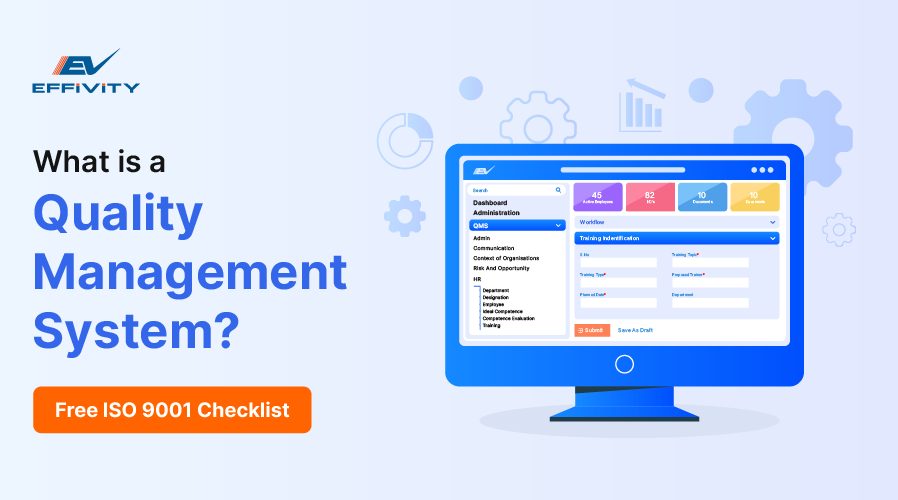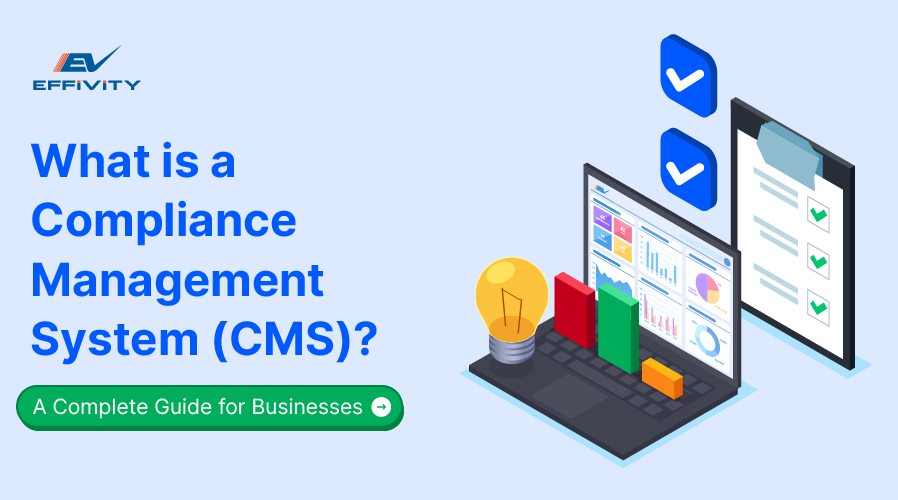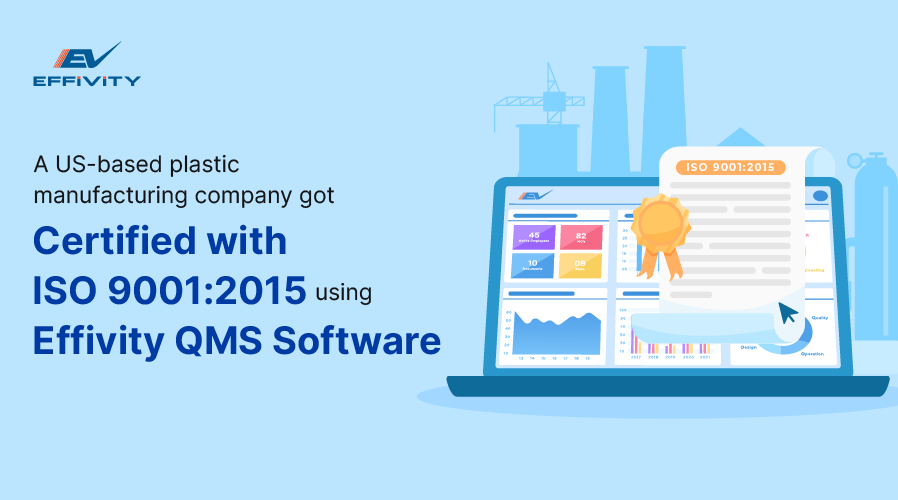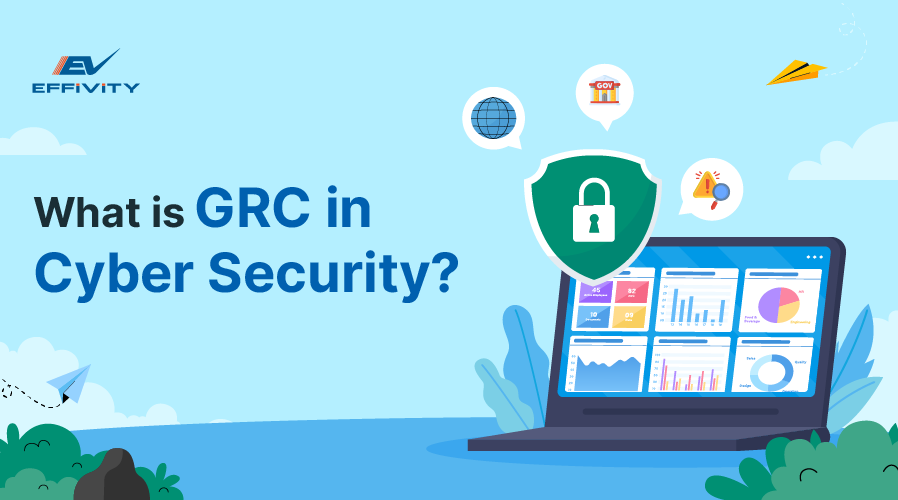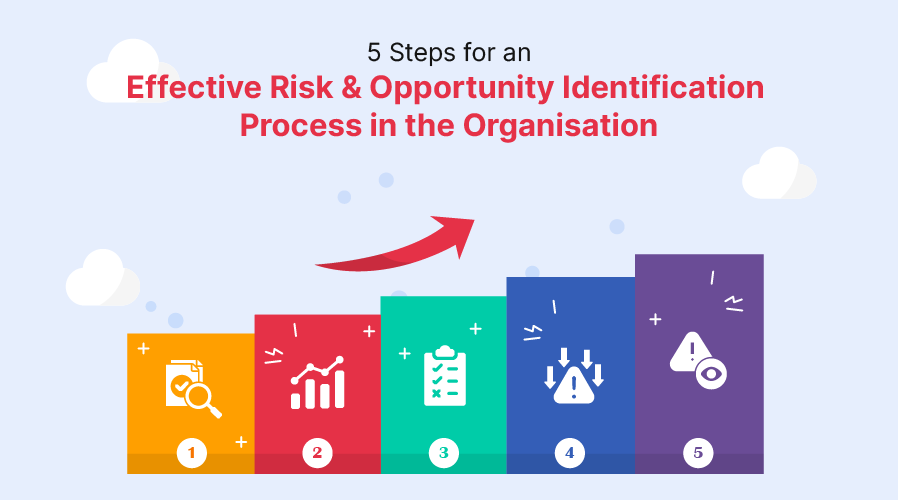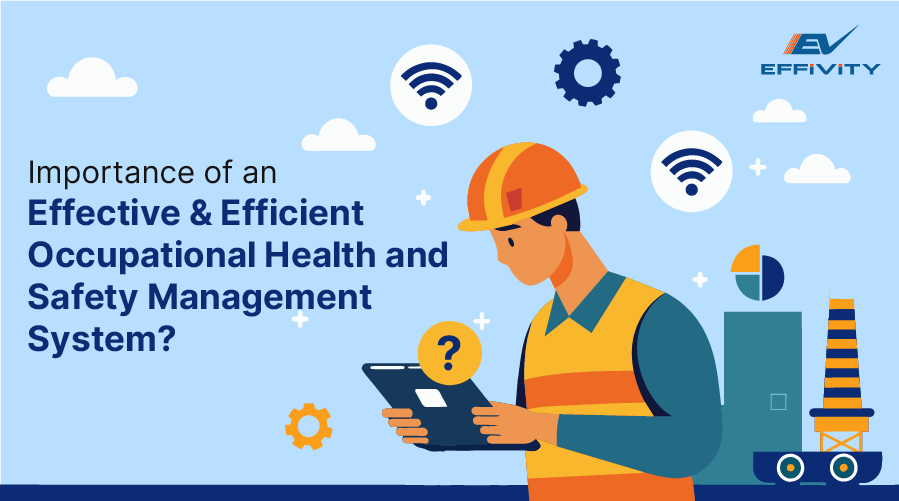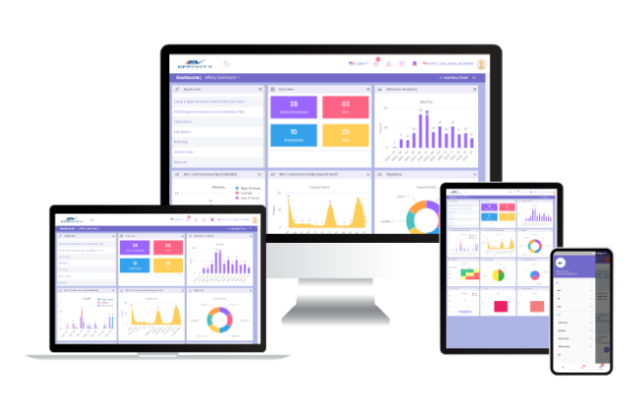In recent decades, the world has witnessed significant technological advancements and increased dependence on digital systems. However, along with these advancements, there have also been new risks. Cyber security has become a vital concern for businesses in any industry today, with the costs of data breaches reaching a whopping USD 4.45 million in 2023.
As technology advances and improves, so do cyber-attacks. Organizations must implement well-designed and efficient cybersecurity measures to combat these threats, protect sensitive data and ensure their organizations continue thriving. This is where GRC comes in. GRC provides a structured outline to align a company's cyber security with its business objectives, manage risks and ensure compliance.
GRC framework provides a structured approach that aligns an organization's information security requirements and business objectives while managing risks and ensuring compliance. In this article, we will delve into the meaning of GRC cyber security, its major components and why your organization needs to implement it.
What is GRC in Cyber Security?
GRC refers to Governance, Risk Management and Compliance. These three concepts have existed in business for centuries and have been integrated into business models worldwide. They cover policy-making, government regulations, company codes of conduct and business risk management. However, the acronym 'GRC' was first formally introduced and popularized by OCEG and Forrester in 2002 following a series of global disasters.
In cyber security, GRC has become a way to meet industry standards, governmental regulations and compliance requirements and align IT and business goals. It involves a series of tools and methods that combine an organization's technological processes, innovations and improvements with risk management and cyber security governance. Many companies utilize GRC tools to meet compliance requirements and attain their organizational goals without the risk of cyber threats.
Put simply, it is a broad strategy that encompasses various tools and frameworks. Implementing it can help your business identify, prevent and manage risks, control security, compliance and performance and ensure no department is isolated.
What are the Components of GRC Cybersecurity?
The three components of GRC involve:
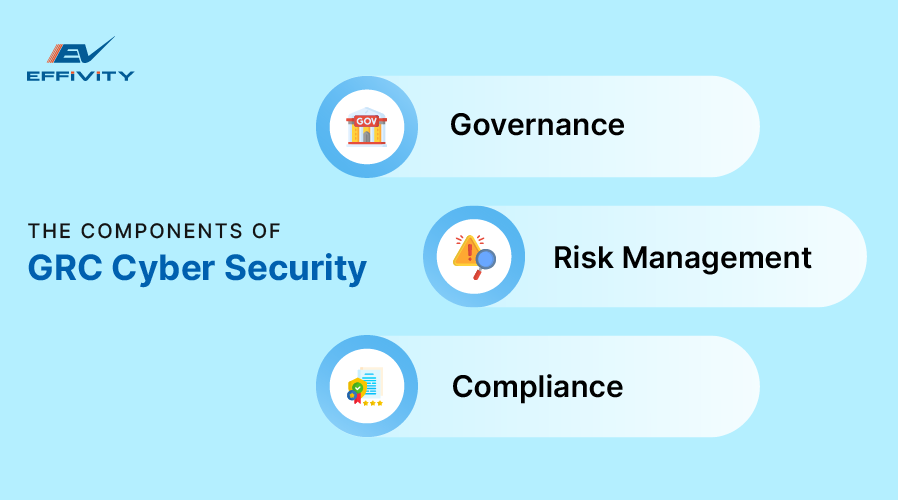
1. Governance
GRC is one of the most essential components of governance. It involves establishing standards, procedures, protocols and policies to protect an organization's systems. This basic framework ensures cyber security measures are aligned with business objectives.
Governance strategies have specific, necessary components when it comes to cyber security. These include assigning the required responsibilities to personnel and ensuring cybersecurity is maintained across all levels of the organization. They also include drafting security policies, detailing procedures and outlining organizations' approaches to securing their data. These strategies also monitor the performance of these regulations and measure their efficiency in maintaining cyber security.
2. Risk Management
Risk management is another key component in GRC cyber security. It refers to the process of identifying, investigating and mitigating the threats associated with an organization's data and IT infrastructure. GRC risk management initiatives ensure that potential threats are accounted for and don't grow into more significant problems that could negatively impact the organization's finances or operations.
Risk management involves identifying and evaluating potential threats and their impact on an organization. This is followed by implementing the necessary measures to mitigate cyber security risks and prevent their occurrence. Risk management also requires organizations to develop a comprehensive plan of action to deal with possible incidents and constantly monitor and update their strategies. This is because cyber attacks often occur more than just once.
3. Compliance
Compliance involves adhering to the rules, regulations and laws established by the government, the company and other regulatory bodies. This ensures that your company is not vulnerable to potential risks and is not penalized for non-compliance.
The compliance area of GRC ensures strict and thorough adherence to privacy policies and laws, such as HIPAA. Conducting internal audits and maintaining audit records to ensure your company's policies and framework align with cyber security standards is also crucial.
This has two functions: It acts as proof of compliance with the necessary regulations and helps predict cyber security trends by analyzing historical data. Lastly, practical employee training is also a must. This ensures that employees know compliance requirements, common cyber security threats and more.
Why is GRC Cyber Security Management Important?
The ever-changing technological landscape, growing digital networks and gaps in cyber skills mean cybercriminals have the perfect environment to carry out attacks. The prevalence of data wiping, data breaches, hacktivism and attacks on cloud-based systems has increased exponentially in recent years.
While organizations have invested in cybersecurity, staying ahead of these threats requires a more comprehensive strategy. GRC is one such strategy. This method involves three critical aspects, meaning companies can identify and stay ahead of potential threats and deal with them efficiently when they arise.
- It allows your organization to make data-driven decisions, monitor resources and set up the necessary frameworks.
- GRC can streamline operations and foster an environment for growth.
- Lastly (and most importantly), a GRC approach to cybersecurity helps businesses to protect sensitive information and customer data more efficiently.
The Bottom Line
Every company relies on information assets, including equipment, data and other knowledge bases. However, it is essential to establish the necessary controls to combat security risks. The right software can help your organization deal with and mitigate the risks associated with cyber security.
For example, Effivity's Security Management System software can help your organization choose and implement the controls needed to generate statements of applicability. Many organizations also struggle to identify controls under the ISO 27001 standard, which leads to security gaps. Effivity's SOA module combats this, including 93 controls for information security.
Based on the organization's information security assets and potential risks, Effivity allows you to identify which controls are necessary, ensuring a thorough and robust security framework. In addition, your organization can access in-built detailed descriptions and guidelines for each control, making it easier to determine their applicability.
Information security incidents can severely disrupt an organization's operations and services. Thus, they need to be identified and managed proactively. Effivity's Incident Management Module is designed to help organizations investigate, report, rectify and close incidents to protect sensitive information. Visit our website today to learn more about how Effivity's software can help your organization improve its cybersecurity measures!

